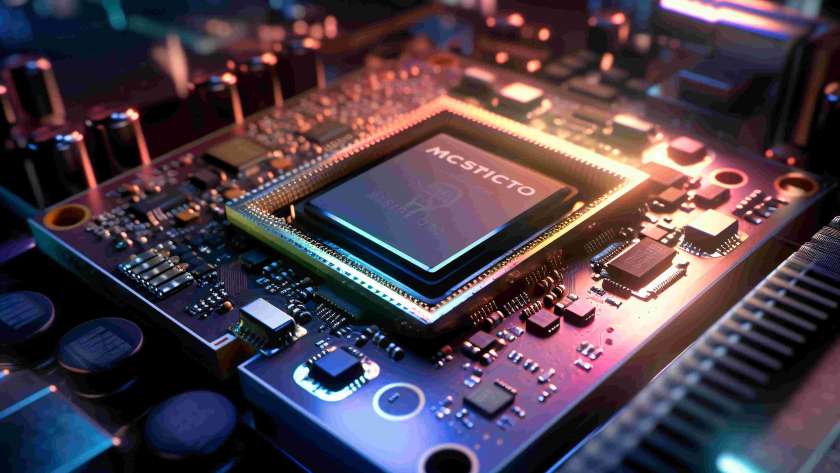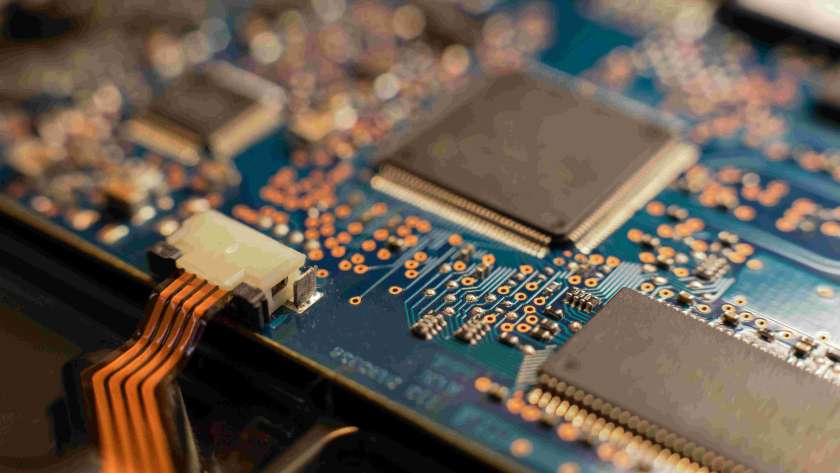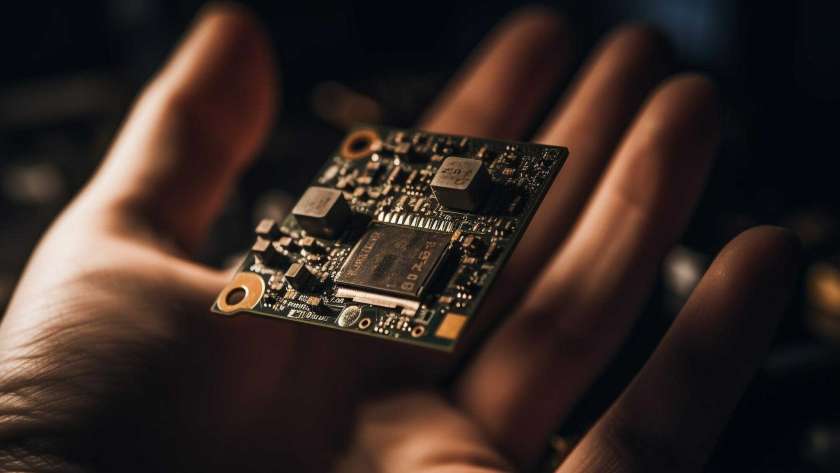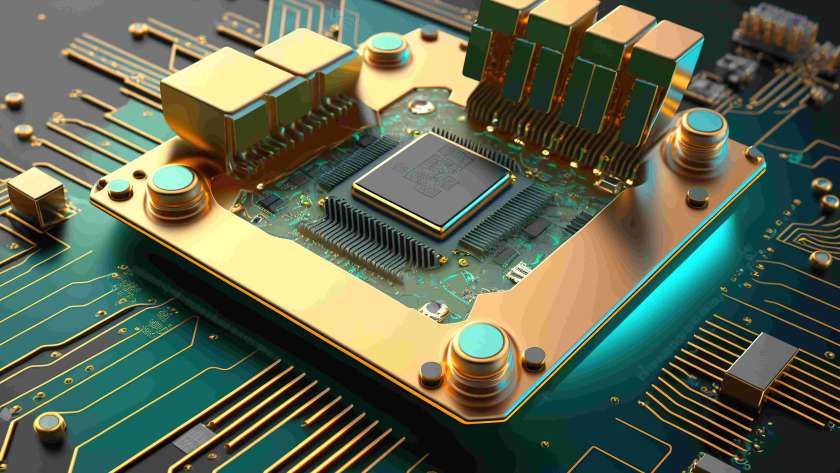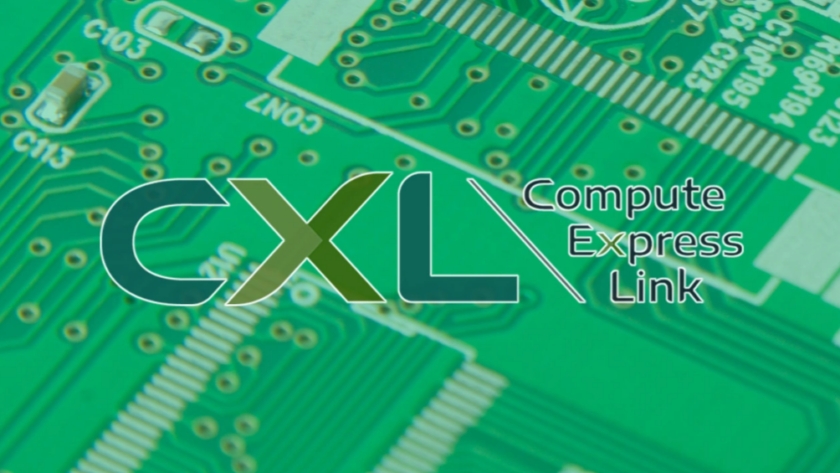Abstract
This article offers a comparative assessment of two prominent die-to-die interconnect technologies in chiplet-focused systems: Bunch of Wires (BoW) and Universal Chiplet Interconnect Express (UCIe) 2.0. BoW presents a simple, energy-efficient PHY for in-package communication, whereas UCIe delivers a robust, protocol-adaptive architecture ideal for intricate, multi-chiplet environments.
Introduction
Chiplet-based architectures are becoming increasingly popular…
